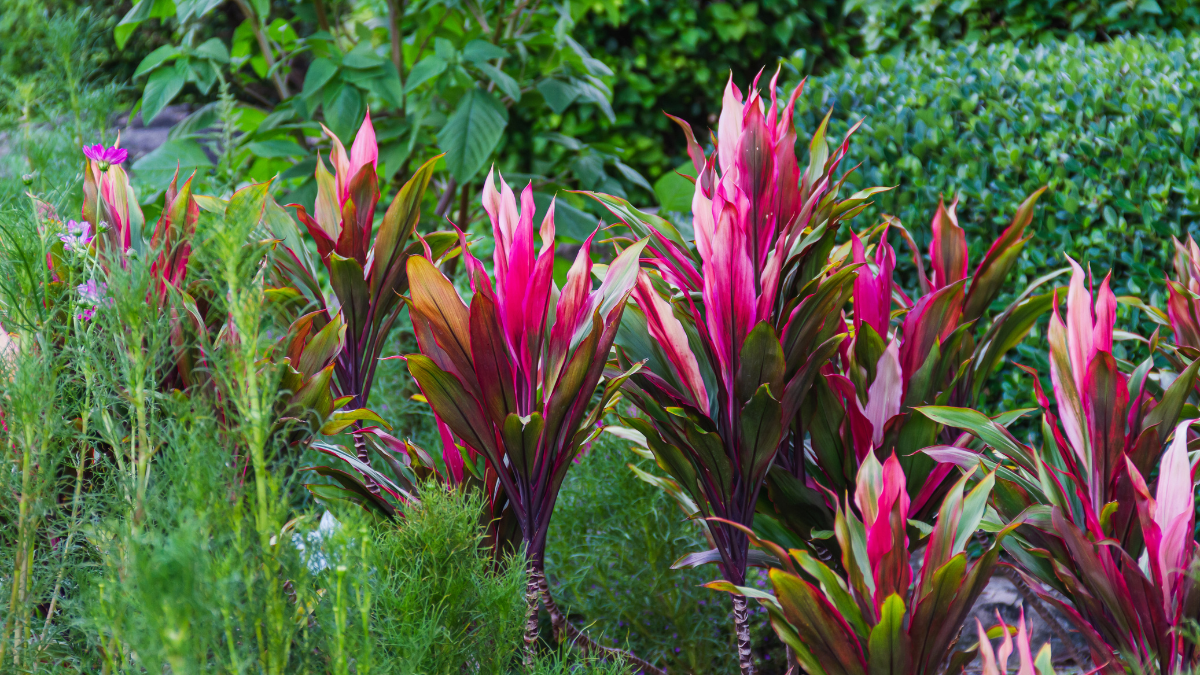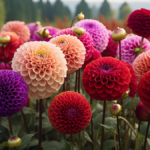Introduction: A Tropical Beauty with Challenges
Cordyline, with its vibrant foliage and exotic charm, is a popular choice for adding a touch of the tropics to gardens and indoor spaces. However, like any other plant, cordyline can face its fair share of problems that may leave gardeners scratching their heads. In this article, we will embark on a journey to explore the common issues that plague Cordyline and discover practical solutions to keep this stunning tropical plant thriving.
Cordyline: An Exotic Delight
Before delving into the problems, let’s appreciate the beauty of cordyline. With its long, arching leaves in shades of green, red, pink, and even purple, cordyline makes a striking statement in any setting. Its graceful appearance and ability to adapt to various growing conditions make it a favorite among both indoor and outdoor gardeners.
Unveiling the Challenges: Problems with Cordyline
Overwatering Woes
One of the most common mistakes made by well-intentioned gardeners is overwatering their cordyline. As a tropical plant, cordyline enjoys a good drink, but soggy soil can lead to root rot and other issues. Remember to allow the top few inches of soil to dry out before watering again, and ensure the pot or garden bed has proper drainage to prevent waterlogging.
Sunburn Sensitivity
Despite their tropical origins, cordylines can be sensitive to intense sunlight, especially when grown in containers or new locations. Direct exposure to the scorching sun can cause sunburn on the leaves, resulting in unsightly browning and yellowing. If your cordyline shows signs of sunburn, consider moving it to a spot with filtered sunlight or providing some shade during the hottest parts of the day.
Pest Prowess
Just like many other plants, cordylines are not immune to pest infestations. Common culprits include aphids, mealybugs, and spider mites. Keep an eye out for signs of these tiny troublemakers, such as sticky residue, webbing, or distorted leaves. Regularly inspecting your cordyline and addressing pest issues promptly can prevent further damage.
Cold Intolerance
While cordylines are tropical plants, some varieties may have a level of cold tolerance. However, prolonged exposure to freezing temperatures can lead to leaf damage or even death. If you live in a region with chilly winters, consider bringing potted cordylines indoors or providing them with frost protection during the colder months.
Nutrient Deficiencies
Cordylines, like any living organism, require proper nutrients to thrive. A lack of essential minerals, such as iron, magnesium, or potassium, can result in yellowing leaves and stunted growth. Regularly fertilizing your cordyline with a balanced fertilizer formulated for tropical plants can help prevent nutrient deficiencies and promote healthy growth.
The Journey to Healthy Cordylines: Troubleshooting Tips
Water Wisely
To avoid overwatering, let the soil dry out slightly between waterings. Stick your finger into the soil about an inch deep – if it feels dry, it’s time to water. Ensure proper drainage to prevent water from pooling around the roots.
Sun Smart Placement
Choose a location for your cordyline that provides bright, indirect light. If moving your plant outdoors, gradually introduce it to the new environment to avoid sunburn. Consider using shade cloth to provide filtered sunlight during the hottest hours.
Vigilant Pest Management
Inspect your cordyline regularly for signs of pests. If you spot any unwanted visitors, treat the affected plant with insecticidal soap or neem oil to eliminate the infestation. Isolating the plant from others during treatment can prevent the pests from spreading.
Protect from Cold Snaps
When temperatures drop, move potted cordylines indoors or into a sheltered area. For garden plants, consider using frost blankets or burlap to protect them from freezing temperatures.
Nutrient Nourishment
Fertilize your cordyline with a balanced, water-soluble fertilizer every two to four weeks during the growing season. Follow the manufacturer’s instructions for application rates, and avoid overfertilizing, which can lead to nutrient imbalances.
Conclusion: The Journey to Cordyline Success
While cordylines may face challenges along the way, with a little care and attention, these exotic beauties can flourish and grace your garden or indoor space with their striking presence. By understanding common cordyline problems and implementing practical solutions, you can ensure your cordyline remains healthy and vibrant, delighting you with its tropical charm for years to come. So, embrace the journey, and let your cordyline shine as a testament to your green thumb and gardening prowess!



